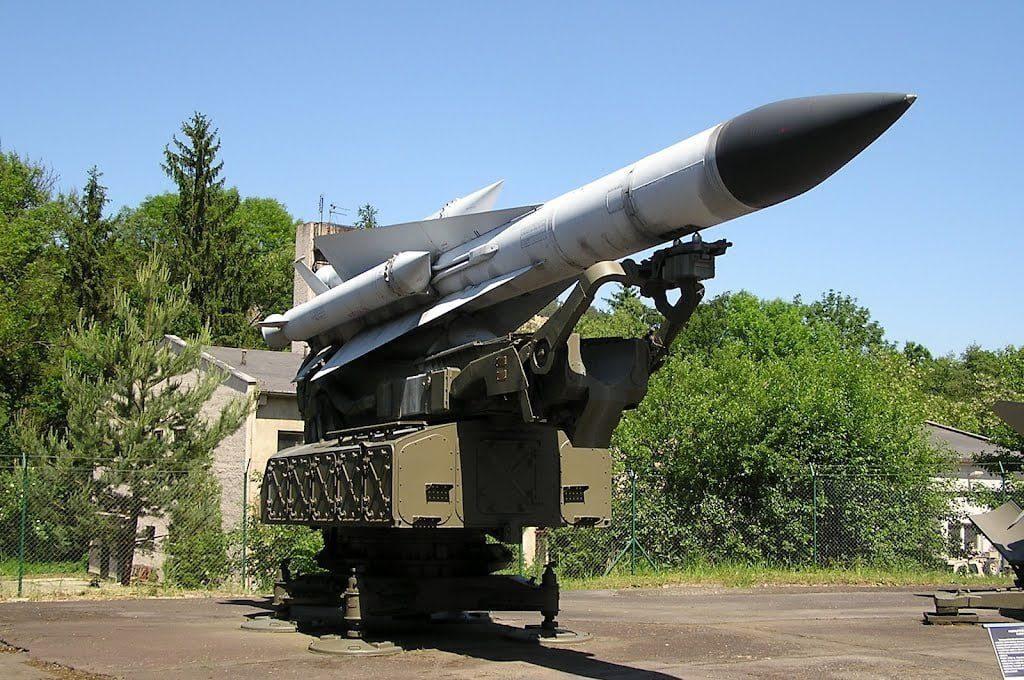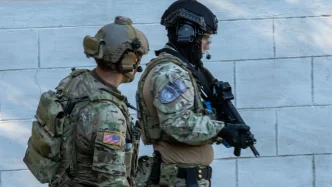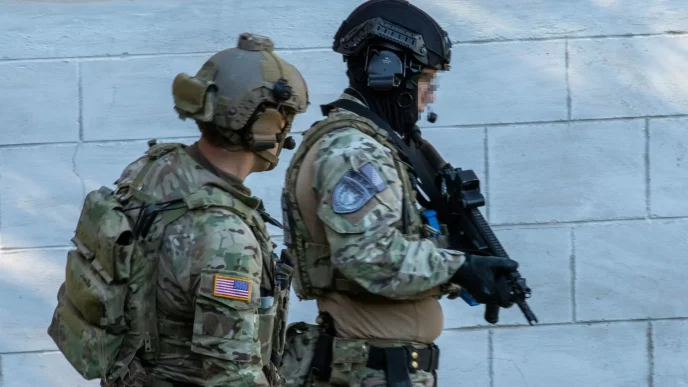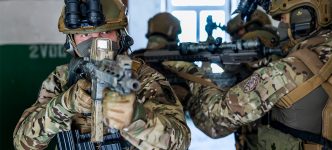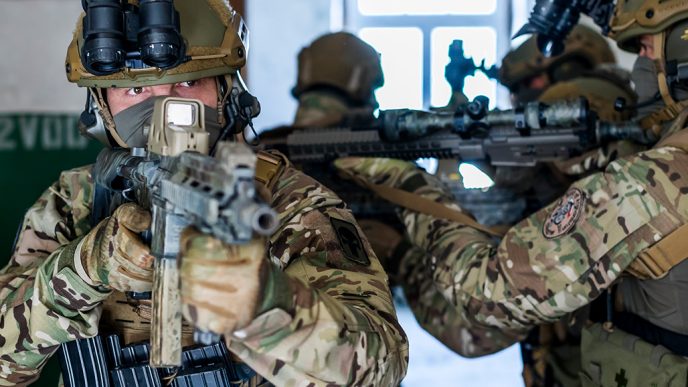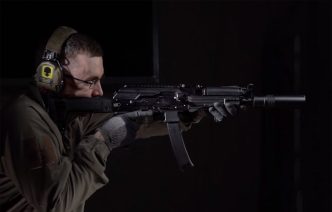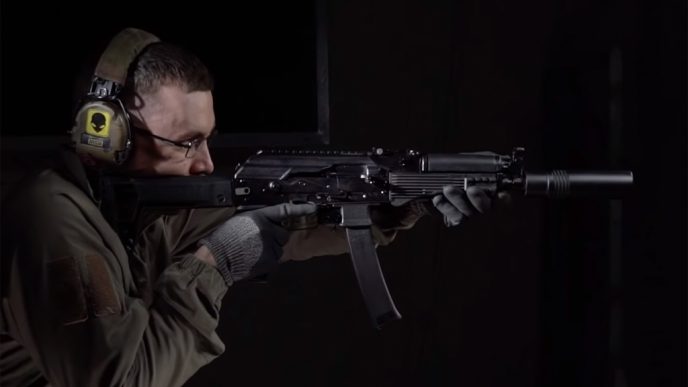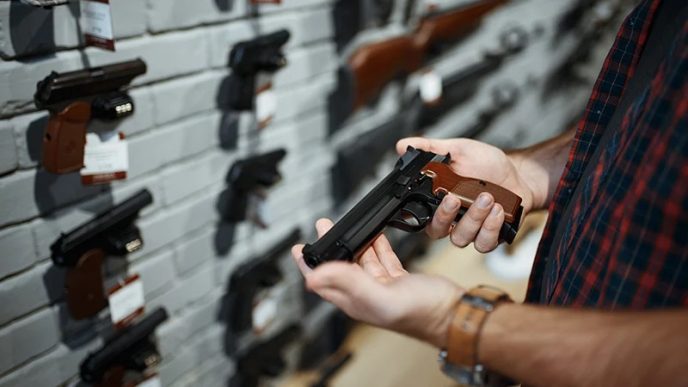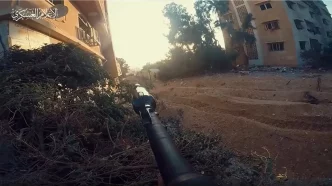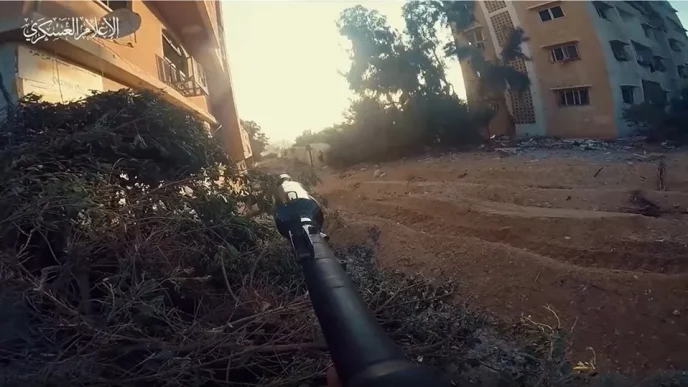The S-200 is the old SSSR-made SAM (surface-to-air missile) system designed in the early 1960s to defend large areas from bomber attacks or other strategic aircraft. Today, this very long-range, medium-to-high altitude SAM system is also used to intercept various ballistic and cruise missiles with some slight improvements to the hardware and software.
Design
The S-200, fully named NPO Almaz S-200 Angara/Vega/Dubna (Russian Ангара\Вега\Дубна), NATO reporting name SA-5 Gammon (initially Tallinn), is usually deployed inside AA battalions. Each battalion has six single-rail missile launchers for the 10.8 m (35 ft) long missiles and a fire control radar. It can be linked to other, longer-range radar systems.
The S-200 surface-to-air missile (SAM) system was designed to defend the most important administrative, industrial, and military installations from all air attacks. It provides the defeat of modern and advanced aircraft, including air command and control centers, AWACS aircraft, aircraft jamming creation, and other manned and unmanned aerial vehicles. The S-200 is an all-weather system that can be operated in various climatic conditions and all other circumstances.
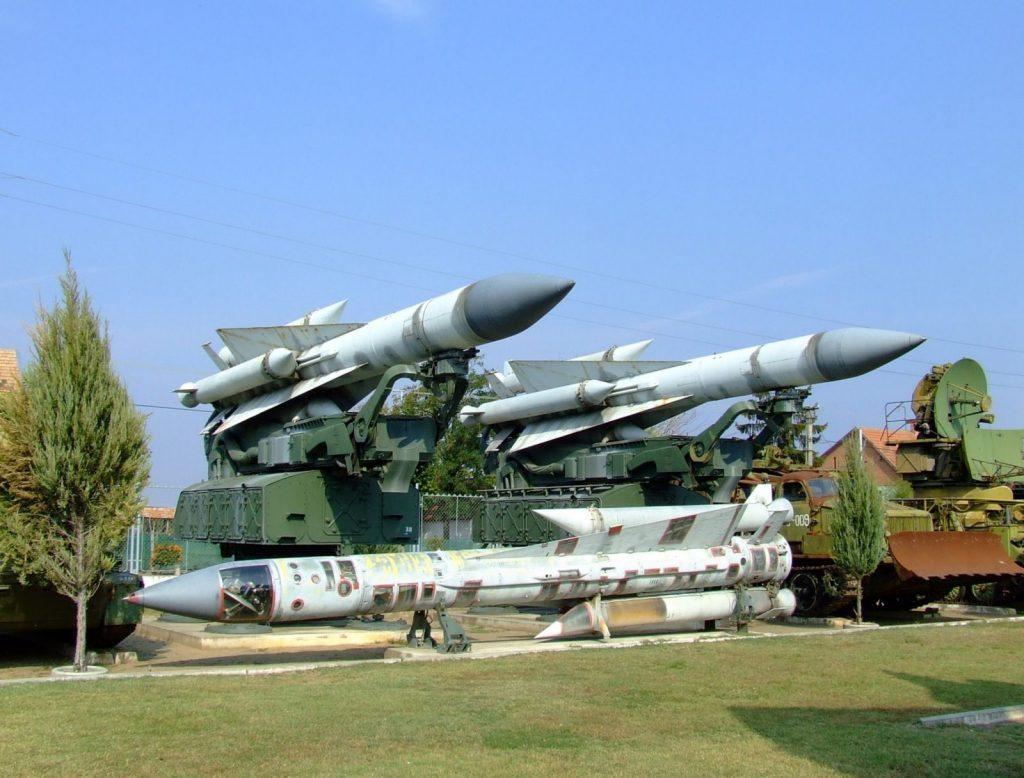
By 1966, the S-200 was officially accepted into service to replace the failed anti-ballistic missile RZ-25/5V11 “Dal.” Before it was canceled, the Dal was assigned the NATO reporting name SA-5 “Griffon.”
Launchpad
Four solid-fueled strap-on rocket boosters launch each missile. After they burn out and drop away (between 3 and 5.1 seconds from launch), it fires a 5D67 liquid-fueled sustainer rocket engine (for 51–150 seconds) which burns a fuel called TG-02 Samin (50% xylidine and 50% triethylamine), oxidized by an agent called AK-27P Melange (red fuming nitric acid enriched with nitrogen oxides, phosphoric acid, and hydrofluoric acid).
The system’s maximum range is somewhere between 150 km (81 mi) and 300 km (160 mi), depending on the variant. The missile uses radio illumination mid-course correction to fly towards the target with a terminal semi-active radar homing phase. The maximum target speed is around Mach 4.
Effective range
Effective altitude is 300 m (980 ft) to 20,000 m (66,000 ft) for early models and up to 35,000 m (115,000 ft) for later models. The warhead is either 217 kg (478 lb) high-explosive fragmentation (16,000 × 2 g fragmentation pellets and 21,000 × 3.5 g pellets) triggered by radar proximity fuse or command signal or a 25 kt nuclear warhead triggered by command signal only. Each missile weighs around 7,108 kg (15,670 lb) at takeoff.
Guidance
The system utilizes semi-active radio guidance throughout the missile’s flight, which is far more accurate at long range than the command guidance method used by the earlier S-75 Dvina and other missiles. The existence of an optional terminal passive radar homing mode for use against AEW aircraft remains unconfirmed. Peak missile speed is around Mach 8, and the single-shot kill probability is quoted as 0.85, presumably against a high-altitude bomber-type target.
Technical specification of S-200 (NATO: SA-5 Gammon)
| 5V21 | |
|---|---|
| Type: | Surface-to-air missile |
| Place of origin: | Soviet Union (SSSR) |
| Service History | |
| In service: | 1967–present |
| Used by: | Algeria, Syria, North Korea, Poland, Iran, India, and many others |
| Production history | |
| Designer: | OKB-2 design bureau (missile), SKB-35 bureau (avionics), NII-125 research institute (solid rocket fuel) |
| Variants: | 5V21, 5V28, 5V28V |
| Technical Specifications (5V28V) | |
| Weight: | 7,100 kg (15,700 lb) |
| Length: | 10.8 m (35 ft) |
| Warhead: | Frag-HE |
| Warhead weight: | 217 kg (478 lb) |
|
Detonation
mechanism: |
Proximity and command fusing |
| dual-thrust liquid-fueled rocket motor | |
|
Operational
range: |
300 kilometers (190 mi) |
| Flight altitude: | 40,000 metres (130,000 ft) |
| Boost time: | Four solid-fueled strap-on rocket boosters |
| Speed: | 2,500 m/s (5,600 mph) |
|
Guidance
System: |
Semi-active radar homing seeker head |
According to the available public information, the Soviet Union exported the S-200 to numerous countries during the 1980s. Several former bloc states, such as Ukraine, inherited active and inactive S-200 sites following the collapse of the Soviet Union. Others received the system through direct sales from the USSR/Russia or third-party transfers. Today, the system remains in service in no less than 12 countries. The latest examples of its operational usage were shown during the conflict in Syria.
